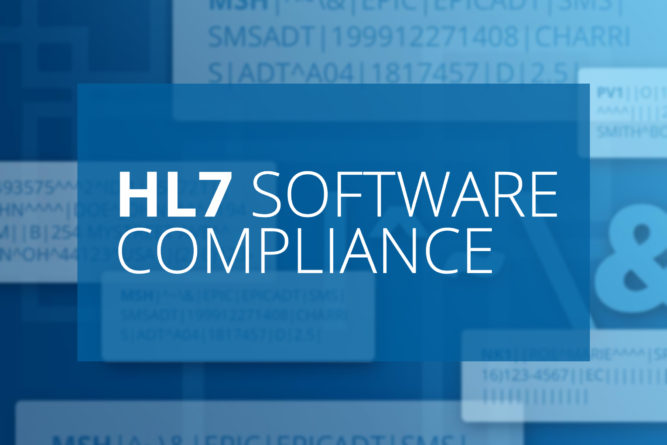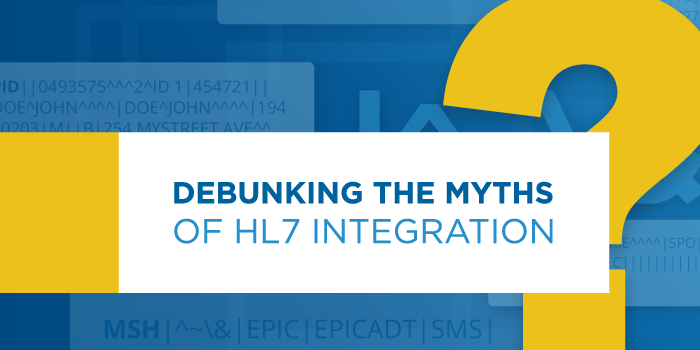
What is HL7?
HL7 (Health Level Seven) is a standard for exchanging health information between medical applications. This standard defines a format for the transmission of health-related information.
Information sent using the HL7 standard is sent as a collection of one or more messages. Each message transmits one record or item of health-related information.
Examples of HL7 messages include patient records, laboratory records and billing information.
If you are interested in learning more about the HL7 messaging standard, we invite you to view this article available here.
Why is HL7 important for healthcare organizations?
HL7 is especially important in healthcare as it enables critical systems like EMRs and EHRs to communicate with each other.
In other words, HL7 is what happens behinds the scenes allowing health care systems to connect and share information.
What is HL7 compliant software?
When searching for a medical software vendor, you will find that many providers offer HL7 compliant software. HL7 compliance means that the vendor is adhering to the requirements of the HL7 standard.
However, in practice, true HL7 compliance does not exist, as the standardization becomes a challenge depending on the data structure.
When dealing with ambiguous data structures, you will find that purchasing HL7 compliant software is only one of the many components required to achieve seamless data integration.
For example, consider street numbers in any given patient address.
How will the data be handled if the street number contains a suffix (e.g.: ½, A, B, C, etc.)?
In this case, will the suffix get its own field or will it be combined with the street number itself?
When selecting an HL7 compliant vendor, careful consideration must be given to non-traditional data formats.
Further, HL7 compliance does not account for the ever changing technological and social landscape.
These shifts in the environment, including medical advances and entrepreneurial innovations, call for new and improved data models to reflect the latest changes.
For example, consider the binary method for gender classification (e.g.: male, female). Further consideration must be given when including non-binary options in your database.
The bottom line? You will find that while most applications claim to be HL7 compliant, an integration engine is still required to reflect the latest data models and keep up with the newest advances.
HL7 is a powerful messaging standard and several myths continue to surround this topic.
Download our guide to Debunking the Myths of HL7 Integration to learn about the most frequent myths in the healthcare industry.
Have we addressed all of them?
Additional Resources:

